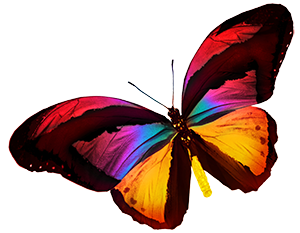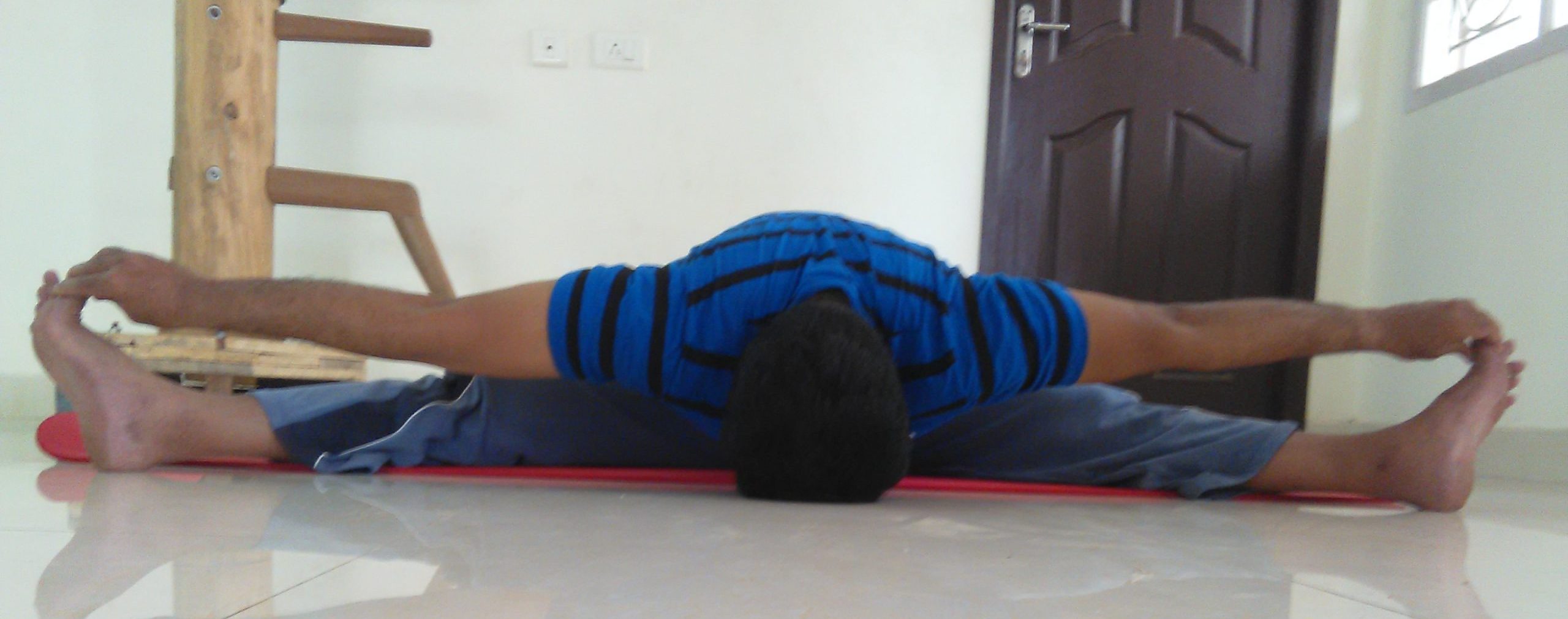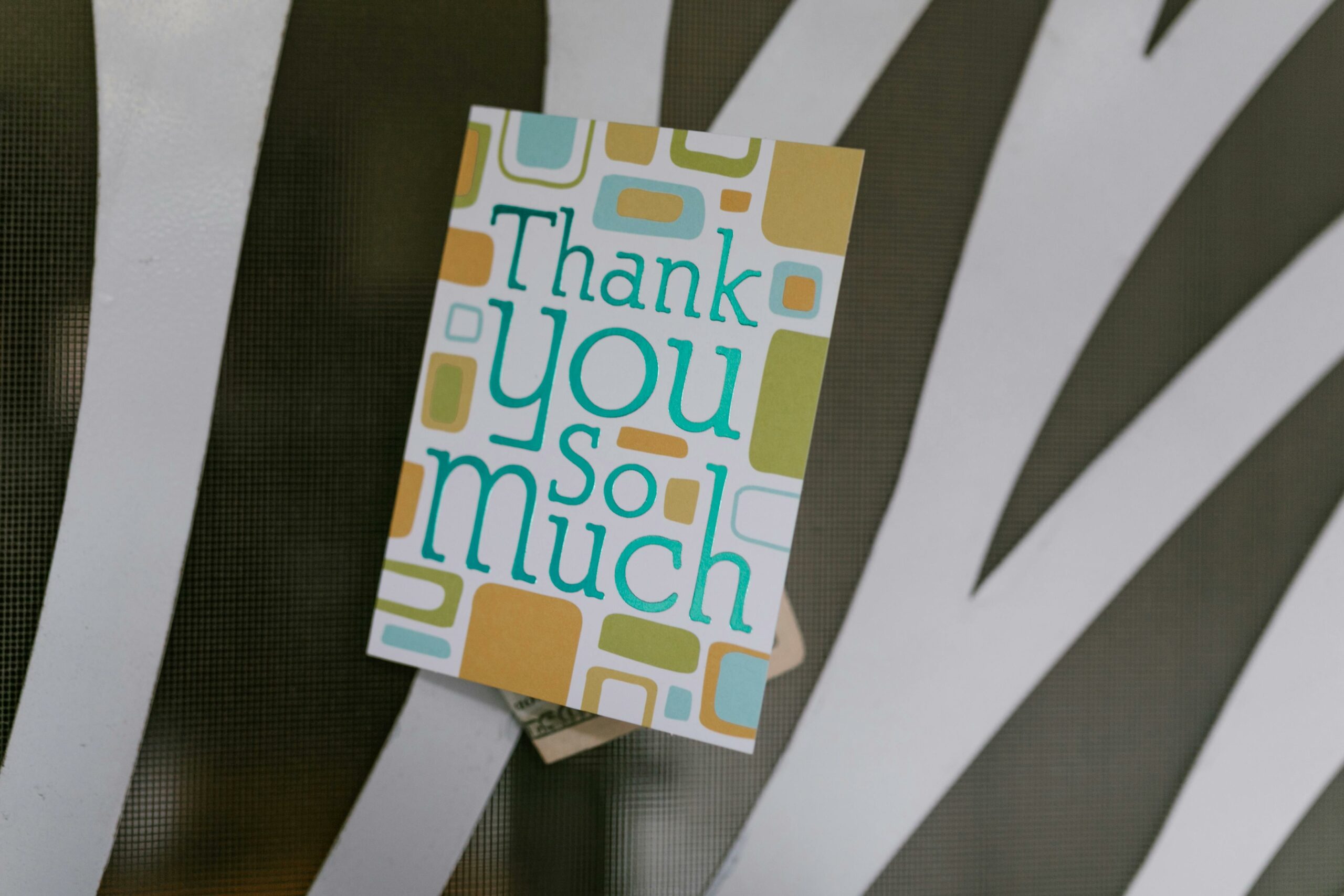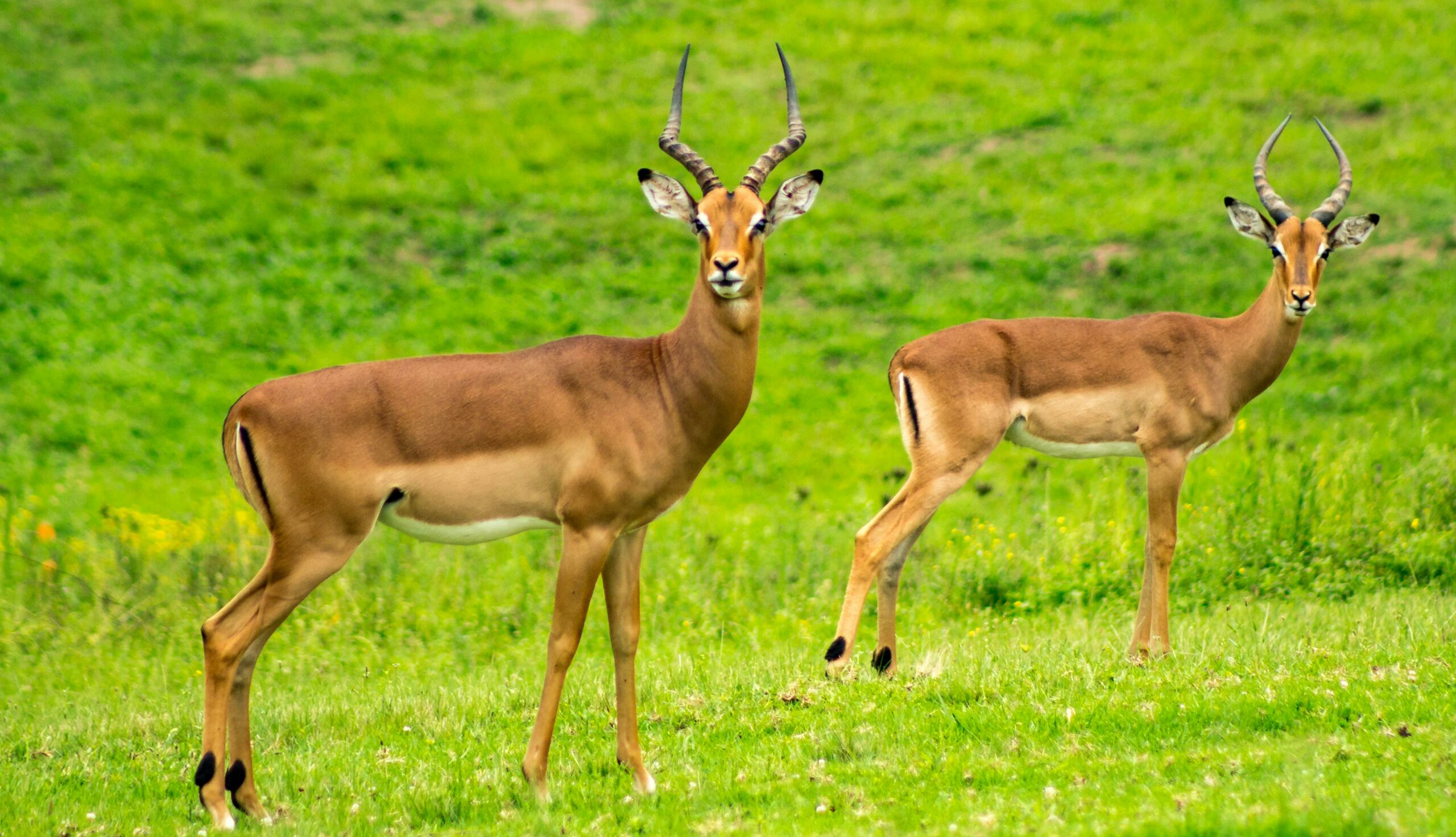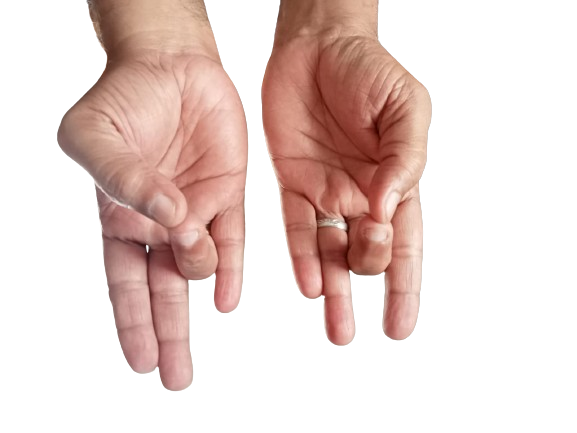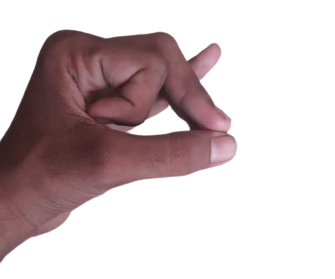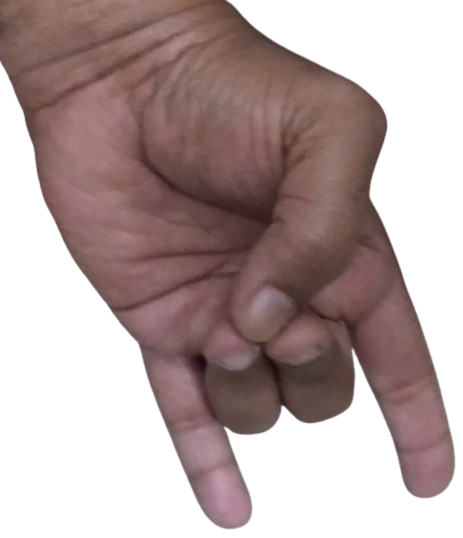Wide Legged Seated Forward Fold is called as Upavistha Konasana in Sanskrit. 'Upavistha' means 'seated' and 'kona' means 'angle. The pose is also referred to as Wide Legged Seated Forward Bend.
Wide Legged Seated Forward Fold stimulates muladhara, svadhittana, manipura, guru, ajna and sahasrara chakras. Regular practice of this pose improves functions of these chakras thereby promoting optimal health. We will soon upload a detailed article on the benefits of proper functioning of all chakras.
Other Benefits of Wide Legged Seated Forward Fold
- Improves spine flexibility and strength
- Strengthens back muscles
- Strengthens neck muscles
- Strengthens hips; promotes hip flexibility
- Promotes functions of abdominal organs
- Strengthens abdominal muscles
- It is an effective yoga pose for low back pain.
- Improves flexibility in legs and strengthens legs
- Promotes kidney function
- Cures menstrual disorders and relieves menstrual pain
- The pose helps to relieve sciatic pain.
- Strengthens joints
- It is an effective yoga pose for insomnia
- Calms the mind
Instructions
- Sit down on the mat and keep your legs stretched.
- Spread your legs apart. As you widen the space between your legs, your knees and toes should be facing upwards.
- Inhale as you place your palms on the floor in front of you.
- With exhalation bend forward as you stretch your arms towards your feet.
- Deepen your bend and hold the big toes with your fingers and place your forehead on the floor.
- Hold the pose for 20 seconds.
- To release the pose, inhale as you uncurl your big toes and place your palms on the floor. Bring your legs together to return to starting position.
Note
Those with severe spine conditions, severe problems in back and hips should refrain from practicing Wide Legged Seated Forward Fold.
In case of difficulty in bending forward, sit on a yoga block or folded blanket and perform the pose. You can also place a yoga block or folded blanket under your knees to perform the pose.

Yoga Pose for Day 98 - One Leg Folded Forward Bend (Triang Mukha Eka Pada Paschimottanasana)
In Sanskrit, 'tri' means 'three', 'anga' means 'body parts', 'mukha' means 'face', 'eka' means 'one', 'pada' means 'foot', 'paschima' means 'west', 'uthana' means 'intensive stretching'.

Yoga Pose for Day 96 - King Cobra Pose (Raja Bhujangasana)
We have, in one of our earlier posts, explained the benefits and how-to-do of Cobra Pose. Today's pose is yet another challenging backbend yoga poses as Raja Kapotasana. In Sanksrit, 'Bhujanga' means 'snake'. The reason behind the name is explained in the post on Cobra Pose.
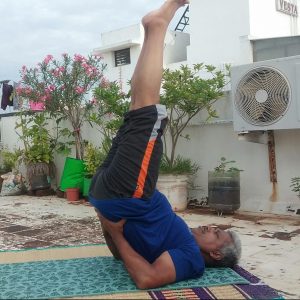
Yoga Pose for Day 95 - Legs Up the Wall Pose (Viparitakarani)
Legs Up the Wall Pose provides some of the best benefits of Headstand, the King of all Yoga poses and Shoulder Stand, famously called the Queen of yoga poses. Unlike seen in the image, the pose can be performed quite easily using support which is described in the Note section below.
